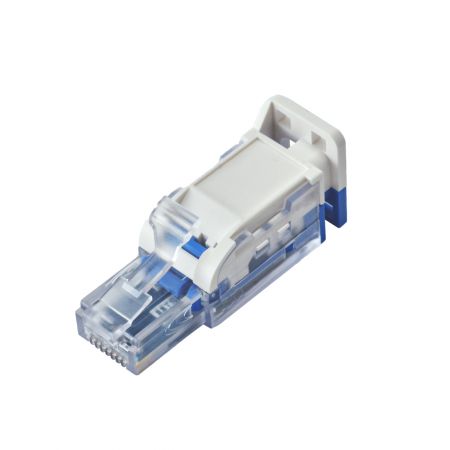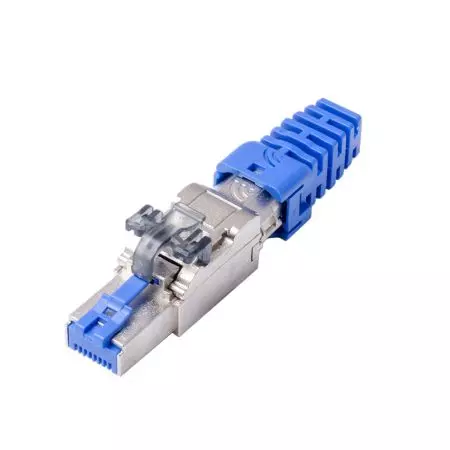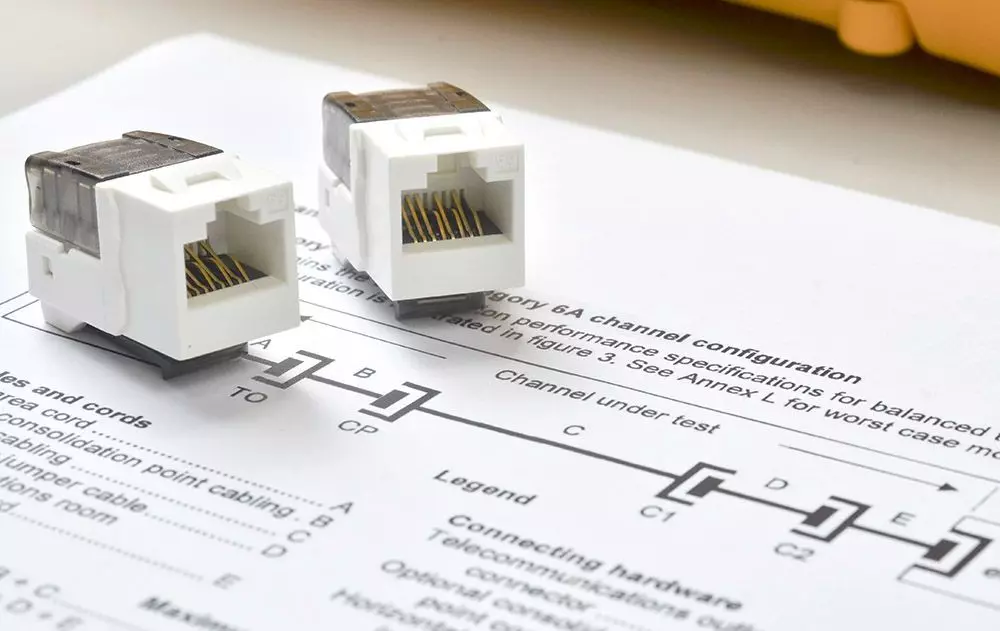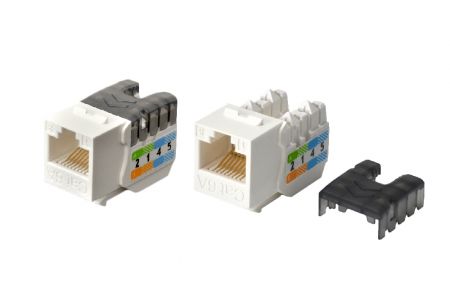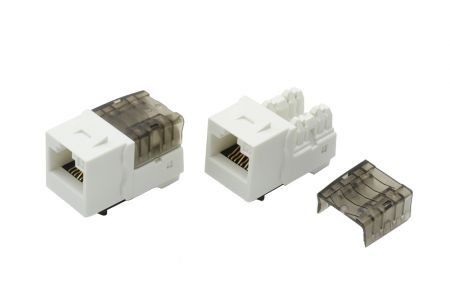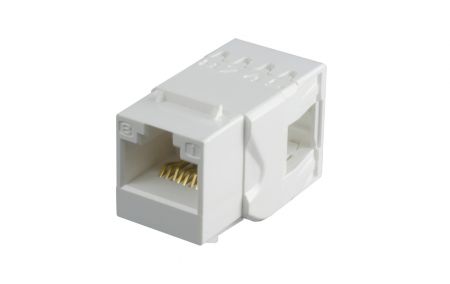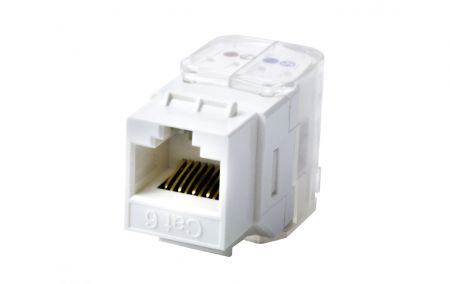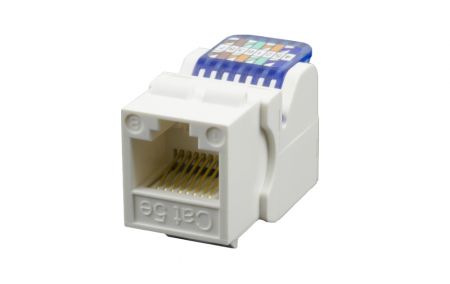UTP Channel
Unshielded
In this segment, you will come across HCI Unshielded Channel-Compliant Keystone Jacks. They are available in various shapes and types.
- 180-degree / 90-degree
- Shuttered / Unshuttered
- Toolless / Punch down
The rationale for sticking with UTP
We all acknowledge the notable cost savings attributed to the uncomplicated installation process of Unshielded Keystone Jacks, made possible by the omission of intricate grounding procedures. Unshielded Keystone Jacks remain the preferred and cost-effective option, unless specifically required for industrial-like environments or in countries with stringent EMC regulations where Shielded Keystone Jacks are mandatory.
Guidelines for choosing Channel-Compliant Keystone Jacks
It's important to note that the market includes a broad gray area for Channel-Compliant Keystone Jacks. Some may almost meet the limits of the connecting hardware test but fall slightly short, while others may just pass the channel test limit by a small margin. Despite these variations, all are labeled as "Channel-Compliant." To guarantee network quality, the recommended approach is to conduct mix-and-match tests with the given patch cords and cables to simulate the channel and permanent link performance that will be utilized on the actual sites.
To prevent any potential confusion at the site, it is advisable to clarify the acceptance criteria:
- Determine if the keystone jacks will be utilized in a short link spanning less than 15 meters.
- Evaluate whether the entire channel will involve the use of more than two keystone jacks.
- Specifically for 10GBASE-T, ascertain whether the site specifications call for TIA-568.2-D Cat 6A requirements or ISO/IEC 11801 ClassEa.
These factors should be attentively considered during the planning phase.

